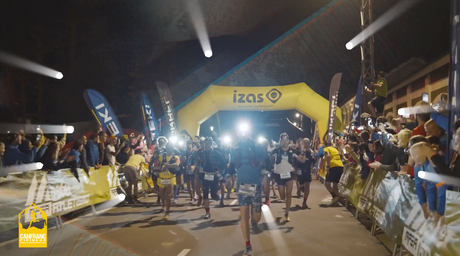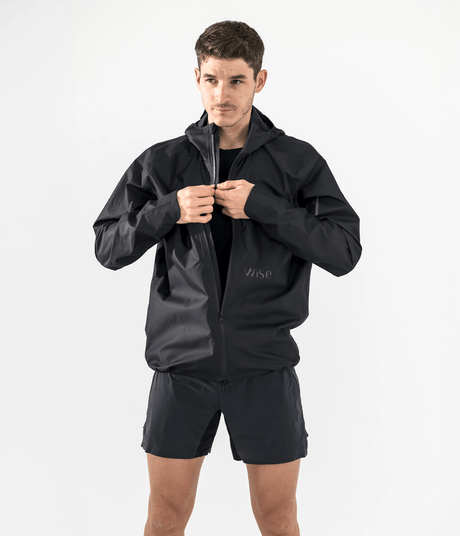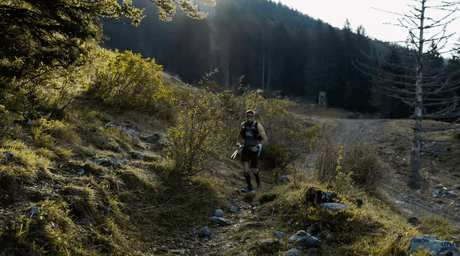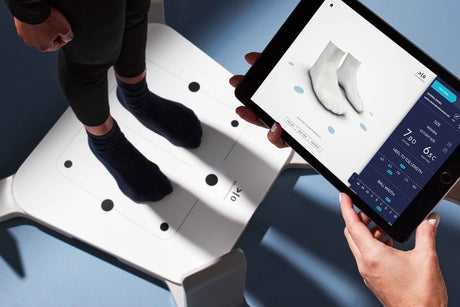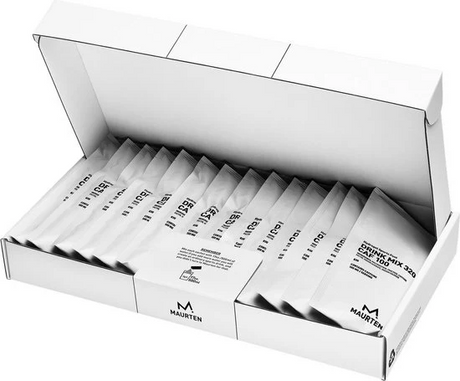Race vest, drinking vest or running backpack. Whatever you call it, a good vest is indispensable if you are going to run further. What should you pay attention to when buying?
Table of contents
A good race vest is essential for every trail runner. Whether you’re running a short 10K or a 100-mile ultra, the right vest will provide comfort, safety, and storage. In this blog, we’ll explain what to look for when buying a race vest, so you can make the perfect choice for your trail adventures.
1. Fit and comfort
A racing vest should fit snugly against your body without pinching. This prevents chafing and bouncing while walking. Pay attention to adjustable chest straps (often two or three) and side cords. These help to adjust the vest perfectly to your body. There are also special women's models with a different cut and an adjusted position of the chest straps.
It varies a lot per brand. Some brands come in 5 sizes, like Salomon. Others only come in one size race vest and are very adjustable, like Instinct.
Tip: Try the vest with filled softflasks or stuff in it. That way you really know how it fits while walking. We have full bottles in our store to try and test.
2. Capacity: how many liters do you need?
Race vests come in different volumes. From 3 liters up to 40 liters. As a guideline, you can think of three categories for your race vest:
- About 5 liters: Ideal for short trail runs or races where you need to carry little gear. Often this is enough for two softflasks, some nutrition and your phone.
- About 12 liters: Suitable for longer training sessions or competitions up to 100 km, where you take extra layers, nutrition and sometimes mandatory equipment.
- About 20 liters: Perfect for longer ultras or self-supported rides. Holds rain gear, first aid kit, food, water and other gear.
3. Hydration system
Most race vests are designed for softflasks (usually 2 x 500 ml) on the front. Check if these are included or have to be ordered separately. Do you prefer to carry a hydration bladder on your back? Check if the race vest is compatible with it. Most vests have a hook on the back where 95% of reservoirs/bladders just fit.
Also pay attention to how easy it is to get to the water while walking. Soft flasks can be refilled without taking off the vest. With a large reservoir on your back, this is more difficult.
4. Storage compartments and organization
Good racing vests have clever pockets and storage options:
- Front pockets for soft flasks, power supply, telephone or a small camera.
- Side pockets with stretch fabric for gels or gloves.
- Large back pocket for rain gear or mandatory items such as a first aid kit or headlamp.
- Pole carry : some models have a system to carry your poles on your chest or back. So if you have poles, make sure they can be carried.
Conclusion: the best racing vest for your trail run
Conclusion
There’s no such thing as the perfect race vest — it’s all about what works for you. Consider your distance, the terrain, and how much you want to carry. A well-fitting vest with ample storage and a comfortable fit makes all the difference on any trail.

![Zo kies je het juiste racevest voor trailrunning [2025 gids] - Trail.nl](http://trail.nl/cdn/shop/articles/zo-kies-je-het-juiste-racevest-voor-trailrunning-2025-gids-396650.png?v=1749839557&width=1600)






